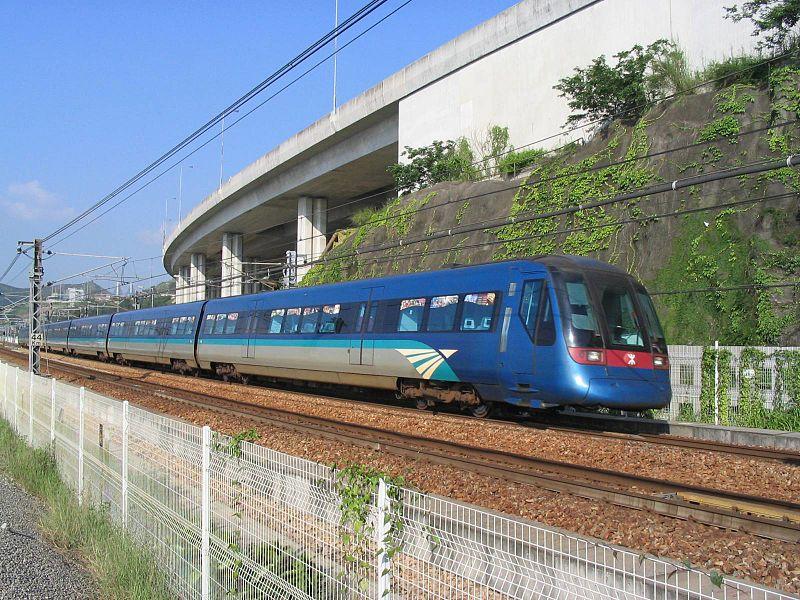Water transport has been a vital mode of transportation for centuries, enabling the movement of goods and people across vast distances. While it offers numerous advantages, such as cost-effectiveness and environmental friendliness, it is not without its drawbacks. In this article, we will delve into the main disadvantages of water transport, shedding light on the challenges it faces in today's globalized world.
- Limited Accessibility:
One of the primary disadvantages of water transport is its limited accessibility. Unlike land or air transport, which can reach almost any location, water transport heavily relies on navigable waterways, such as rivers, canals, and oceans. This limitation restricts its reach to areas with suitable water bodies, making it less feasible for landlocked regions or places lacking proper infrastructure. - Speed and Time Constraints:
Another significant drawback of water transport is its relatively slower speed compared to air or land transport. Ships and barges are inherently slower, especially when navigating through congested waterways or dealing with adverse weather conditions. Consequently, water transport is not the ideal choice for time-sensitive or perishable goods, as it may result in delays and potential spoilage. - Infrastructure and Maintenance Costs:
Water transport requires substantial investment in infrastructure development and maintenance. Building and maintaining ports, harbors, canals, and locks demand significant financial resources. Moreover, dredging and ensuring navigable water depths add to the ongoing costs. These expenses can be a burden for countries or regions with limited financial capabilities, hindering the growth and efficiency of water transport systems. - Limited Flexibility and Route Options:
Unlike land or air transport, water transport is constrained by fixed routes and navigable waterways. Ships and barges must adhere to established water routes, limiting their flexibility in reaching specific destinations. This lack of flexibility can be a disadvantage when compared to other modes of transport that offer more direct and customizable routes, especially for businesses with specific delivery requirements. - Vulnerability to Weather Conditions:
Water transport is highly susceptible to weather conditions, which can disrupt schedules and pose safety risks. Storms, hurricanes, fog, and other adverse weather phenomena can impede navigation, leading to delays, accidents, or even complete halts in operations. Such unpredictability can be a significant disadvantage for industries reliant on timely deliveries or for passengers seeking reliable transportation options.
Conclusion:
While water transport has played a crucial role in global trade and transportation, it is essential to acknowledge its disadvantages. Limited accessibility, slower speed, infrastructure costs, limited flexibility, and vulnerability to weather conditions are the main challenges faced by water transport. Recognizing these drawbacks allows us to explore potential solutions and improvements to enhance the efficiency and effectiveness of this mode of transportation in the future.

